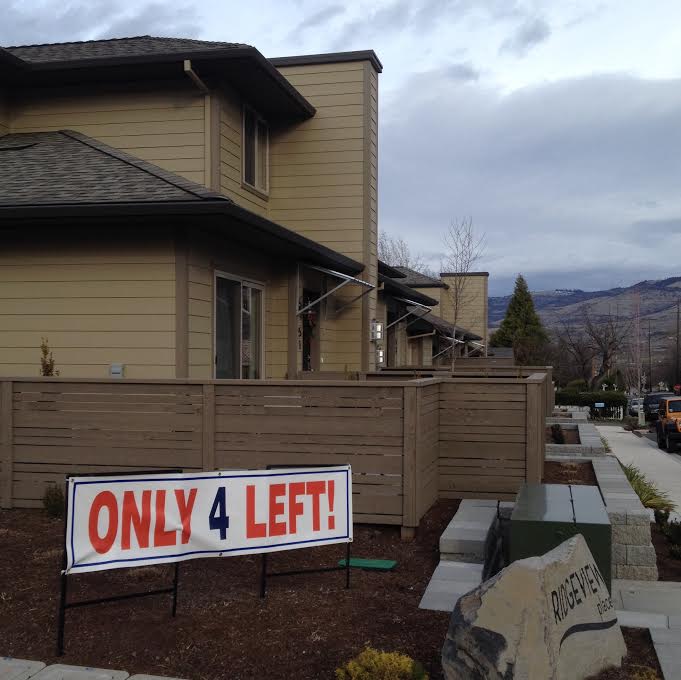
Last Tuesday the city council took additional steps towards securing affordable housing for residents by agreeing to restore the 20-acre Union Pacific Railroad property located between Clear Creek Drive and Rogue Place and south of East Hersey Street. Mayor Stromberg, a long time proponent of affordable housing for city locals, encouraged council members to vote in favor of a residential cleanup of the area. Union Pacific Railroad will be responsible for the operation, beginning as soon as possible, agreeing to make the area safe for residential occupancy for up to 25 years. The council tentatively discussed plans to use this land to develop affordable housing units to counteract Ashland’s growing problem of low vacancy and towering rent prices.
For most Ashland residents, newcomers and locals alike, house hunting can seem like just that; a hunt. With on-campus housing rates totaling over $10,000 a year, it seems the most affordable housing options for students are off-campus. The availability of units, however, is still incredibly low, forcing many to seek housing options in Medford. “Not having to drive 20 miles back and forth would be a bonus,” said Sergio Cano, an SOU student currently residing in Medford due to the cheaper rent prices. Cano estimates spending an additional $20 each week on gas. Regardless of the $80 dollars each month that he could be saving, the total living costs remain cheaper than those in Ashland.
According to a survey done by the consumer site Nerdwallet the median rent in Ashland from July through September in 2014 was $918.33, more than $100 higher than the national median rent of $802. Another recent survey done by the Southern Oregon Rental Owners Association calculated the rate of vacancies in rental properties in the Rogue Valley to be at 1.5 percent. That’s less than half of the current vacancy rate in New York City. The Ashlanders Apartments, for example, which provides cheap housing to students and residents, has extremely limited openings, forcing those on the wait-list for three bedroom apartments to hold out for over a year.
“Finding housing that is affordable to rent and/or to purchase is a significant issue for many Ashland residents and others who would like to live in Ashland,” stated Linda Reid, Housing Program Specialist for the city. “I have heard from several young professional families and individuals that would like to move to Ashland […] that there are no options in their price range on the market,” says Reid.
Reid currently works with the Community Development Block Grants (CDBG) program in Ashland, which receives an annual grant from the U.S. Department of Housing and Urban Development to fund various projects in the city, affordable housing being its number one priority. The most recent CDBG funds were used to purchase the land on which ACCESS, a licensed property management agency that operates in accordance with fair housing and civil rights laws, developed six units designated by the city as affordable housing. There are currently no programs in place that utilize the funds from CDBG to aid students struggling with their housing costs.
Development of new housing units by organizations such as the CDBG, ACCESS, and the Ashland Community Land Trust (ACLT) may improve the lack affordable housing, but there still remains other conflicting issues such as the growing market for vacation rentals. Oregon has always been a likely destination for tourists, with Ashland a prime vacation spot.
While there is still progress to be made, the city hopes to continue developing more affordable units for residents, leaving room for tourists and weekend renters as well. How long that process may take is not currently known.



